Forests have a strong relationship with our lives, and no one can deny their significance in terms of personal well-being, economic well-being, and environmental well-being.
We can define it as “The forest is a diverse collection, a biological system with many linkages with both living and non – living components of the environment.”
Life on earth is balanced because of forest, they are essential part of the world. The value of forests cannot be expressed in a few words. Even in the middle of a busy, noisy, concrete city center, forests have a significant impact on our daily life.
As well as forests are widely regarded as the foundation of a country’s economic well-being. But unfortunately, we are still allowing forests to go, despite our need for them.
Forests in Pakistan
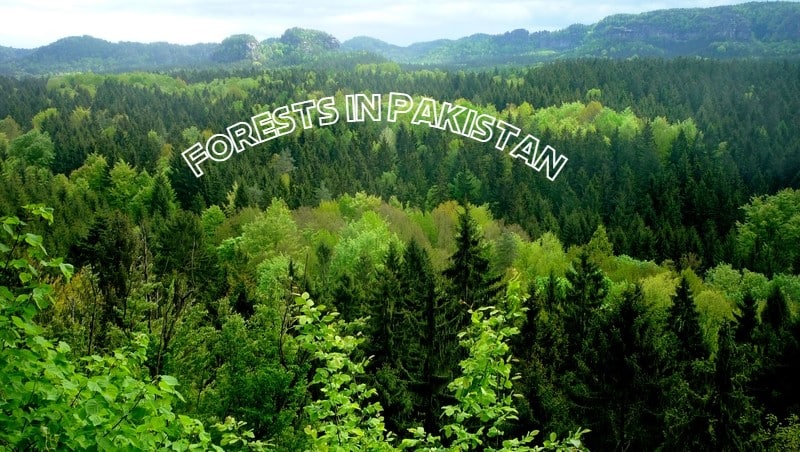
The percentage of Pakistan’s land that is covered by forest is debatable. Pakistan has a deficiency in forest cover, which is primarily owing to the arid & semi-arid climate that prevails in significant portions of the country. Percentage of forest is Pakistan is even less than of 6% of the total area covered.
Every year, tens of thousands of acres of forest are damaged in Pakistan. Unlawful and unethical logging, as well as overhunting of forest produce and charcoal, are all contributing factors to the extinction of the species. Forest fires, natural disasters, as well as parasites & illnesses, all contribute to the slowing of the pace of decline. All of this endangers the survival of innumerable species, contributes to global warming, and endangers livelihoods.
Forest Resources of Pakistan
According to international standards, Pakistan has only 2.2 percent of its landmass covered by trees, although the worldwide standard is 25 percent. The forestry sector contributes significantly to soil conservation, water flow regulation for irrigation and power generation, sedimentation reduction in water conveyances and reservoirs, employment, and the preservation of ecological equilibrium. Because of its forest deficiency, Pakistan is experiencing a timber and firewood scarcity to the tune of approximately 29 million cubic meters.
The following figure shows the area covered by forest in Pakistan map. Pakistan’s forest map depicts the country’s forest perspective. It represents forest types and places.
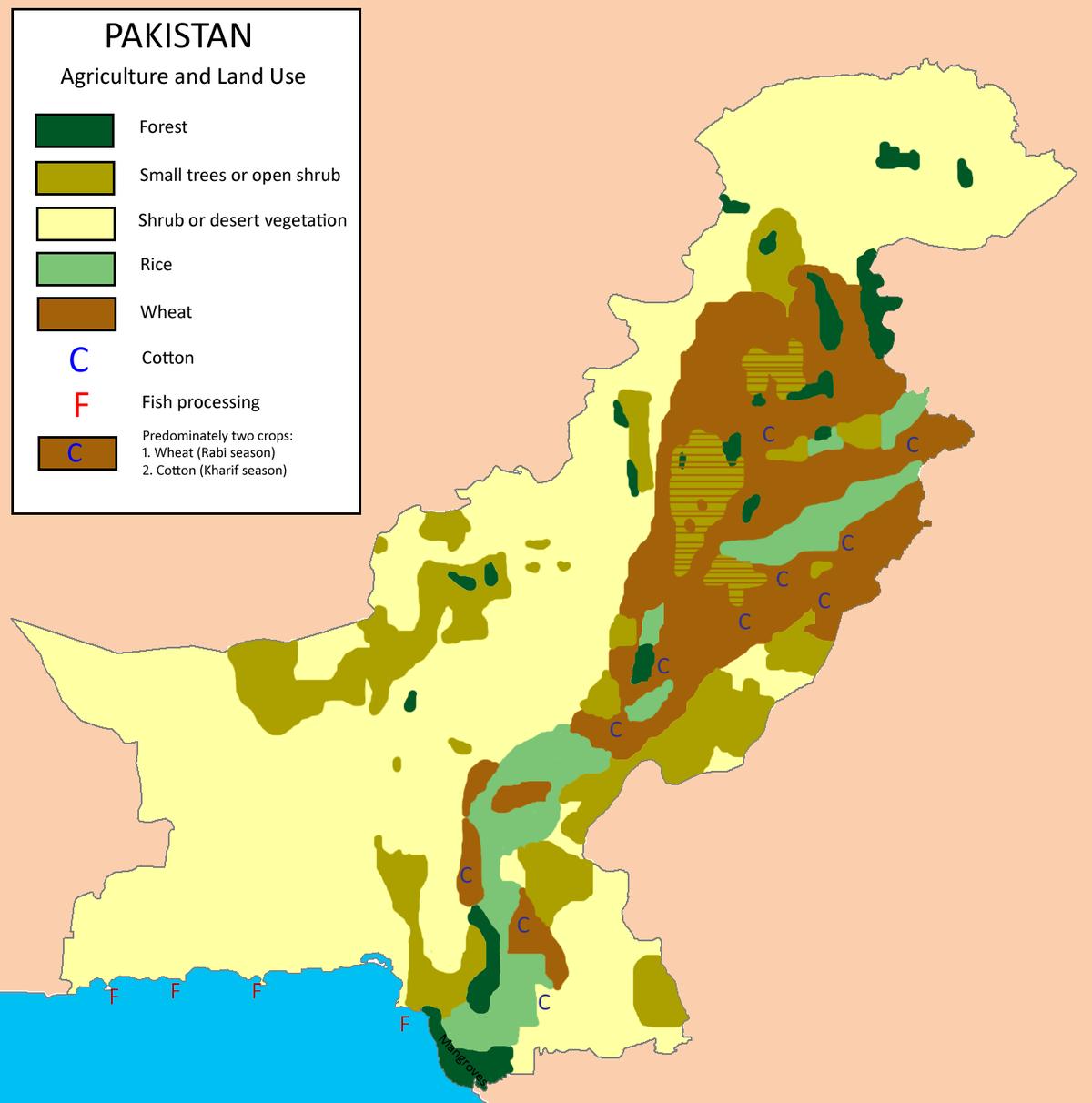
Forest distribution of each province
The following data is collected as per the sources of food and agriculture organization of united nations.
The graphic depicts that AJ&K has the most amount of forested land (27.1%), whilst Balochistan has the least amount of forested land (0.9%). In terms of percentages, KPK and Baltistan are nearly equal. Pakistan’s woods are concentrated in the Indian states of Jammu and Kashmir and Pakistan.
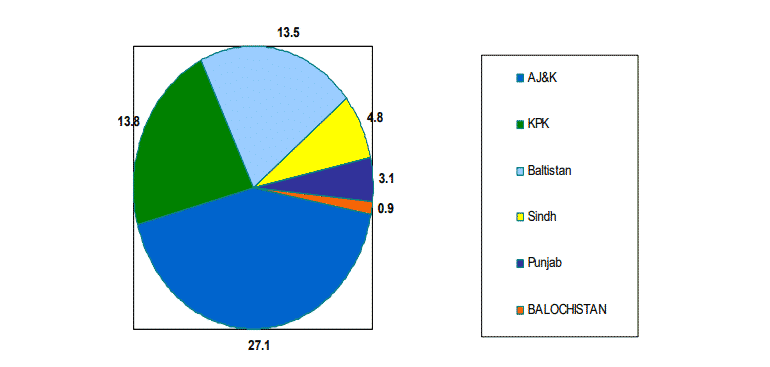
Changa-Manga Forest
While talking about Pakistan forests, it is necessary to mention “changa manga” forest. Changa manga forest is considered being the largest forest in Pakistan. It is roughly 80 kilometers south-west of Lahore in the Punjab province.
More broadly, Changa Manga is renowned as “one of the oldest hand-planted woods in the world. It is home to a diverse range of species of flora & fauna.
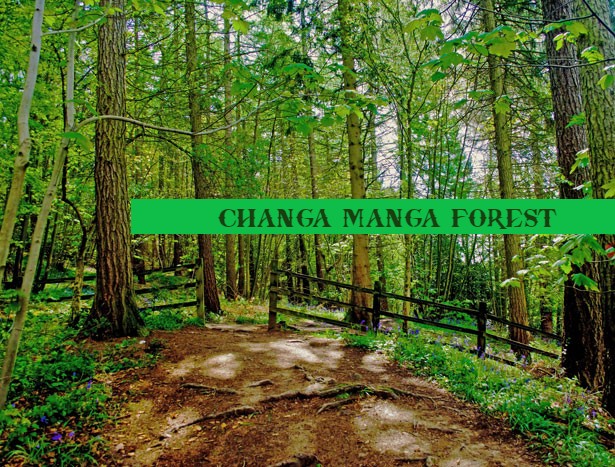
Among other critters, it is home to 14 different species of mammals, 50 different birds, six different reptiles, two different amphibians, and 27 different insects. It is vital to provide citations. In addition to providing timber for the local economy, the forest serves as a vital natural refuge for the animals of the surrounding area.
Types of Forest in Pakistan
Now we’ll talk about some of the different forest that exist in Pakistan. Forests are divided into many types and categories depends upon various conditions. Forest types are described as a “piece of vegetation with broad physiognomic and structural traits enough clear to distinguish that from other similar entities.”
There are the following types of forests in Pakistan:
- Mangrove forests.
- Tropical dry deciduous forests
- Tropical thorn forests.
- SUBTROPICAL BROAD-LEAF EVERGREEN FORESTS
- Subtropical Pine Forest
- Himalayan moist temperate forests
- Himalayan dry temperate forests
- Sub-alpine forests
- Alpine scrub.
- Riverain/ RIPARIAN Forest.
Mangrove forests:
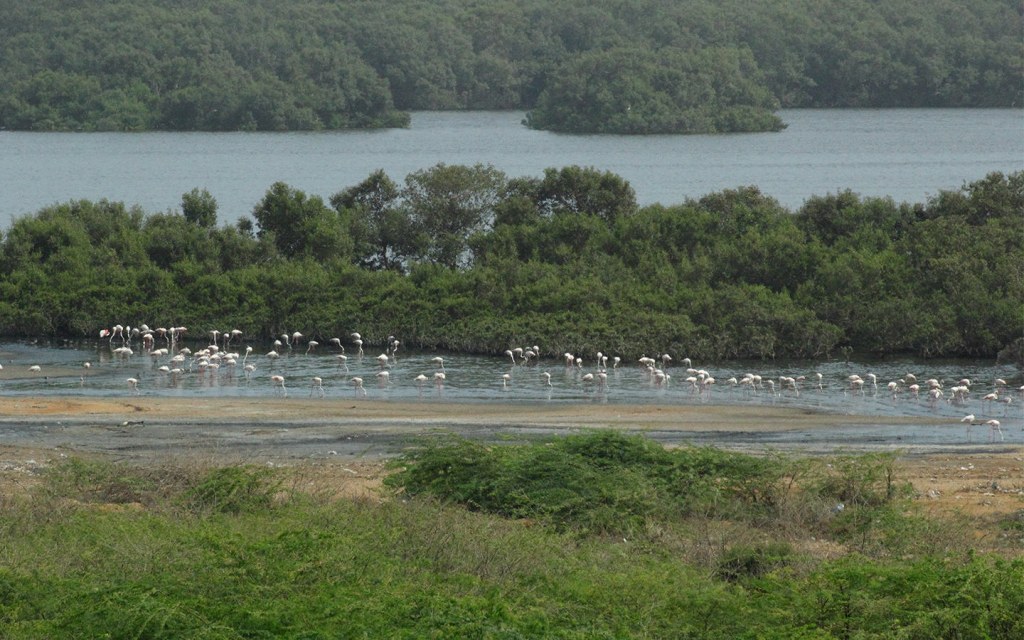
These types of forests are also known as “Littoral and Swamp Forests”, which have usually low heighted trees and mostly found in the Arabian Sea around the coasts of Karachi and Pasnik, in Balochistan.
Mangrove forests are mostly promiscuous in their composition. Avicenna marina is the most common species of mangrove forest that are about 99% present. While other species, such as Rhizophora, have gone extinct over a period of time as a result of extensive logging. Recent estimates indicate that this forest encompasses a total area of 207,000 hectares.
Tropical dry deciduous forests
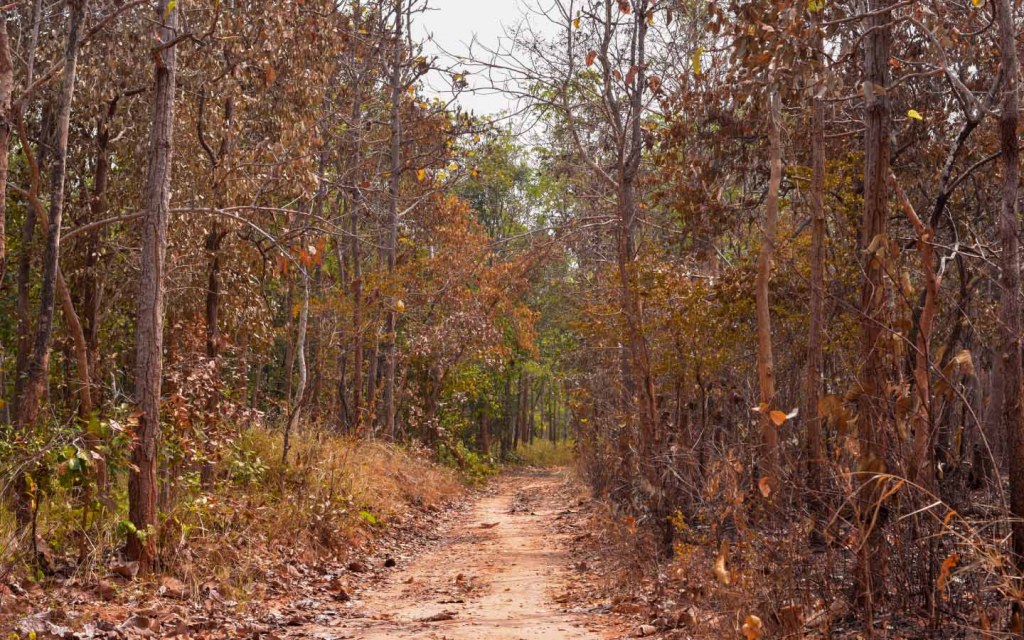
In these types of forest, mostly low or moderate heighted trees are found, and they are virtually entirely composed of deciduous species that shed their leaves on a yearly basis.
An aerial view of tropical dry deciduous forests shows that these forests are extremely heavy in the rainy season and that they are not distinguishable from other forests.
A common characteristic shared by tropical dry deciduous forests and the rest of Pakistan’s woods that distinguish them from the others is the floral composition of the trees in the forest.
In Pakistan, there are no large-scale tropical dry deciduous forests, and those that do exist are vulnerable to frequent ground fires. Only a few patches of this vegetation type can be found in the Rawalpindi foothills.
Tropical thorn forests
Tropical thorn forests are Lower-lying, open-planted forests, with most of the trees being prickly leguminous species. The xerophytic plants that overshadow the tropical thorn woods are the most common.
Except for the driest regions of the plain, this type of vegetation covers the whole Indus basin. They are the most common in the Punjab plains, although they are also found in minor numbers in southern Sindh and western Balochistan, as well.
The climate ranges from semi-arid (250 to 750 mm rainfall) to arid (less than 250 mm rainfall) (less than 250 mm rainfall). The summer temperature in this tract can reach up to 50 degrees Celsius.
Most of its uses are related to grazing, watershed preservation, and fuelwood production, among other activities. Some of the most frequent species include vann, khejri , and kair.
Sub Tropical Broad-Leaf EverGreen Forests:
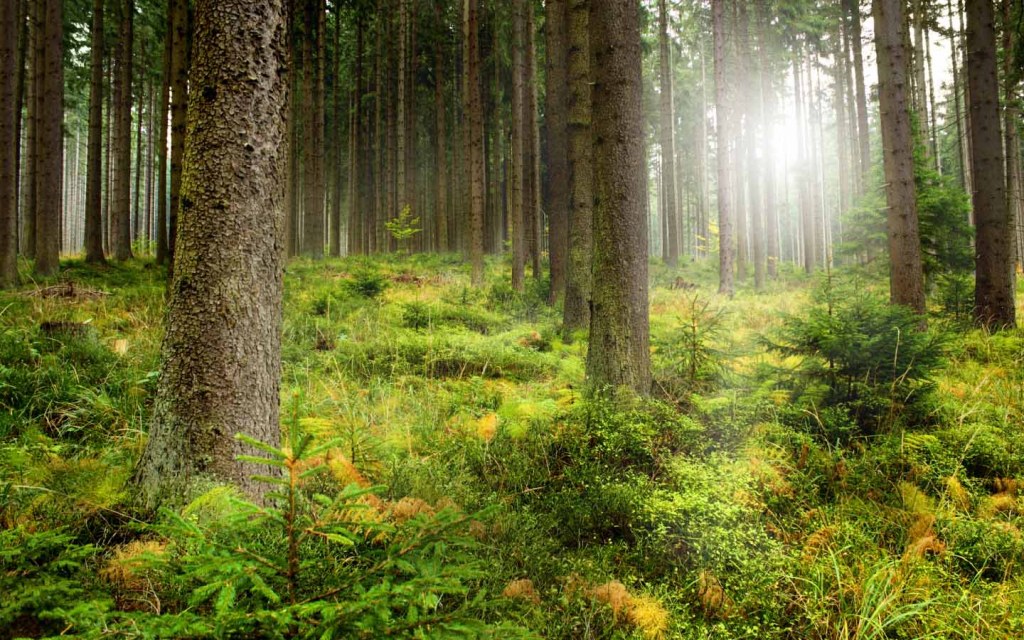
Subtropical broad-leaved evergreen forests, as the name implies, are xerophytic woods characterized by thorny, small-leaved, and evergreen plant species. These are found on the slopes and low sides of the Himalayas, as well as in the Salt Range, the Kalachitta Mountains, and the Sulaiman Mountains.
Common species include Olea cuspidata (Kau) and Acacia modesta (Phulai), which can be found growing together or apart, as well as the shrub Dodonaea (Sanatta), which is particularly common in the most deteriorated regions of the rainforest. It is approximated that these forests cover a land area of 1,191,000 hectares area.
Subtropical Pine Forest
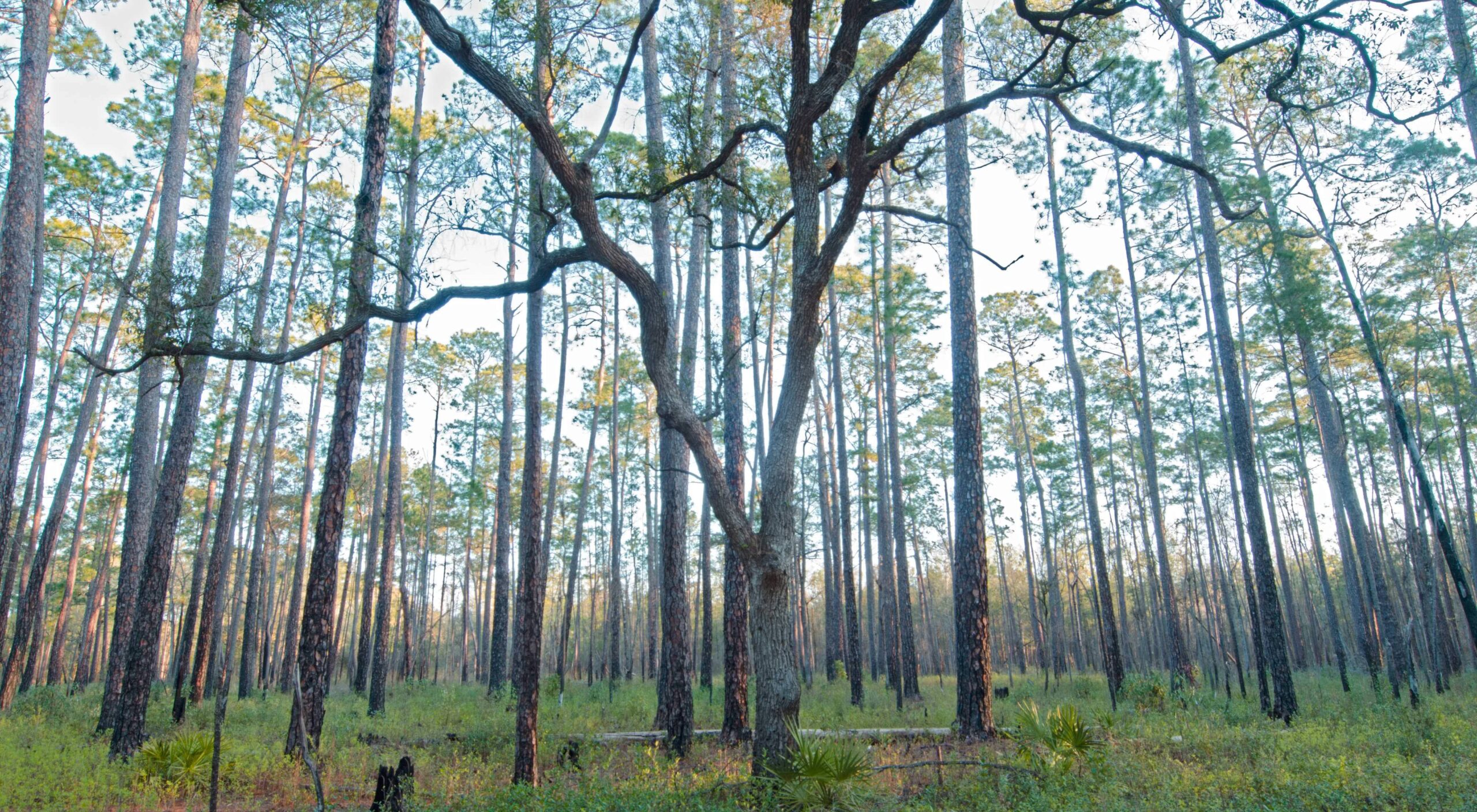
They are also known as Himalayan “Subtropical Pine Forests”, are recognized by the large number of different species of coniferous trees and woody plants that may be found in the area.
Pine trees and other species that can withstand a wide range of climatic conditions can be found in these wooded regions. A forest fire in this specific type of forest is quite likely to occur.
This type of forest may mainly be found in Pakistan between the elevations of 900 and 1700 meters in the Western Himalayas, also known as the Punjab Himalayas.
Himalayan moist temperate forests
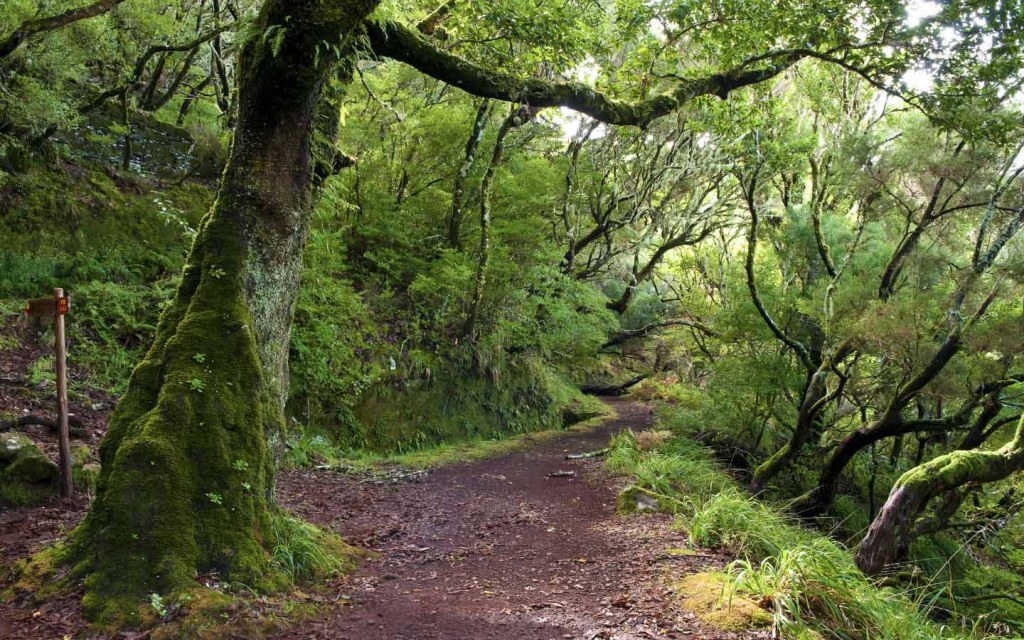
This type of forest includes the evergreen coniferous woods, which may contain a small amount of oak and deciduous broad-leaved trees in some areas. Because of the sparseness of the undergrowth in Himalayan moist temperate forests, it features a diverse mix of evergreen & deciduous species.
Depending on the number of conifers or oak trees present, these forests are divided into two categories in Pakistan: lower and upper zones.
Himalayan Moist Temperate Forests, as the name implies, are found between 1500 and 3000 ft above sea level in the Western Himalayas, apart from the far northwest, where rainfall is known to be less than 1,000 meters.
Himalayan dry temperate forests

They consist of open, evergreen forests with undergrowth that is primarily scrubby in nature. The Himalayan Dry Temperate Forests comprise old-growth trees with open scrub undergrowth, and they are in the Himalayas. This form of forest in Pakistan contains both coniferous & broad-leaved trees, thus it is a mixed forest.
Himalayan Dry Temperate Forests can be found mostly in the northern Himalayan Range, where the climate is often dry.
Sub-alpine forests
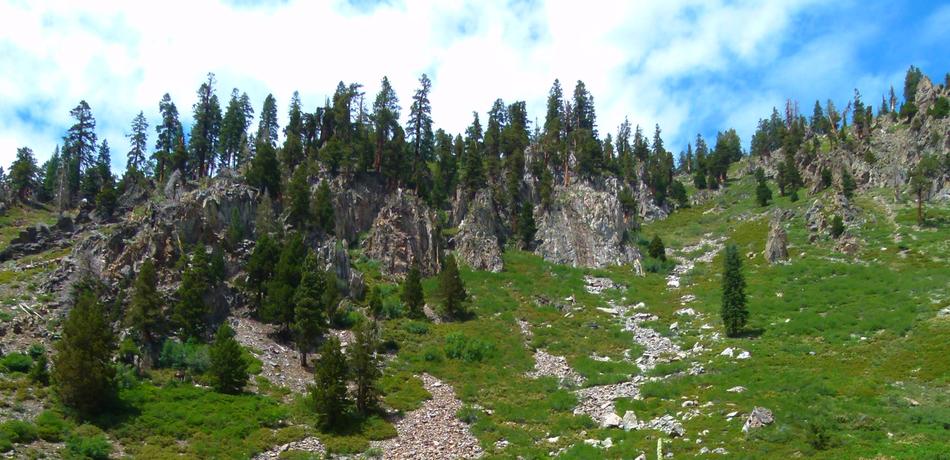
Alpine forest in Pakistan is majorly found in hilly areas and mountain regions, are divided into two main types: sub-alpine forest and alpine scrubs.
From roughly 3,350 m to the timber limit, Sub-alpine forests is found across the Himalayas. For 5 to 6 months, the M.A.T. is 100C or below 00 C in these types of forest. The maximum temperature does not surpass 15.60 degrees Celsius here.
It is mostly found in Naltar Valley, Kaghan valley, Kashmir, Dir, swat, and Chitral.
Alpine scrub
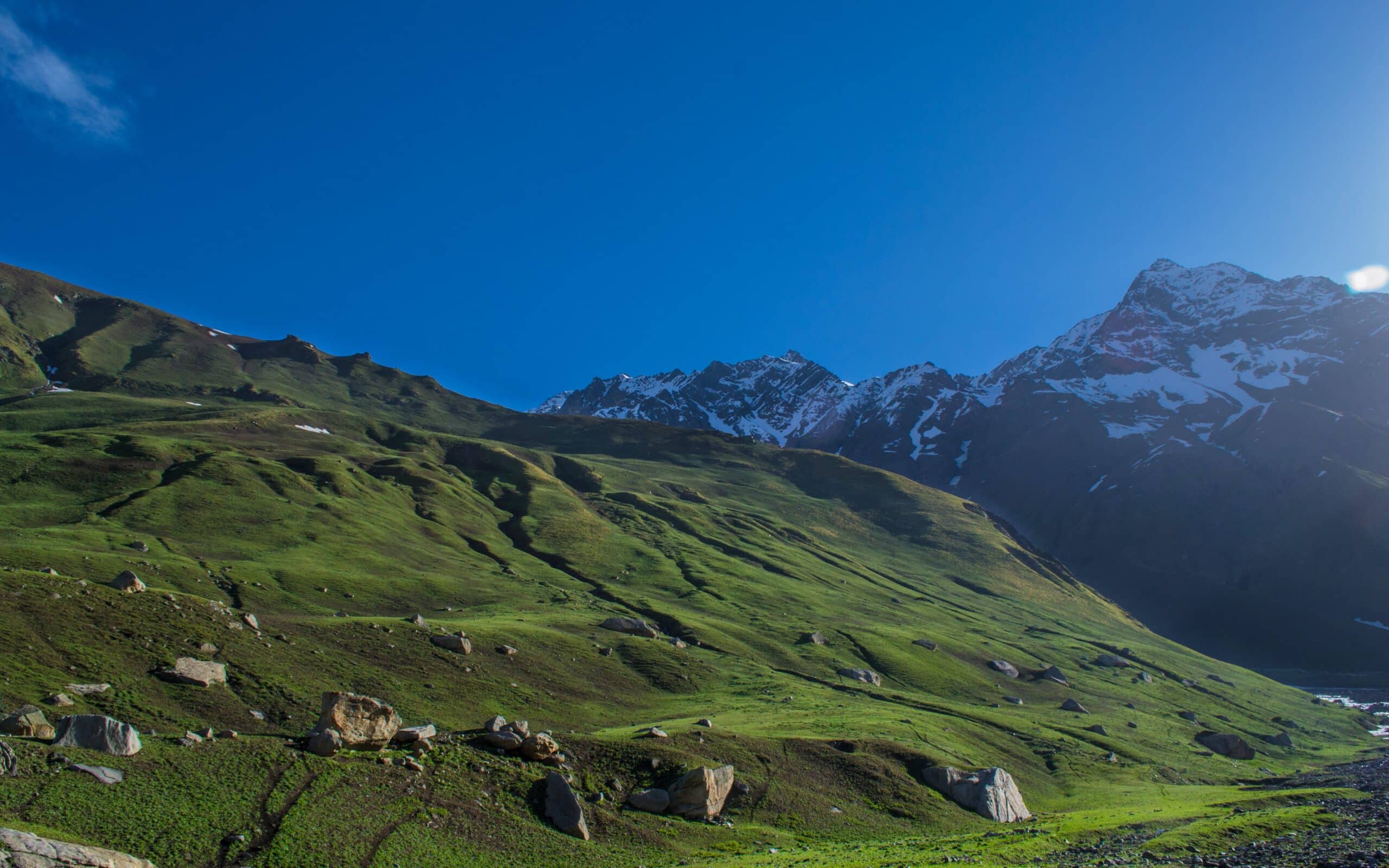
This type of vegetation includes shrub structures that are 1 m to 2 m high and that reach 150 m or more above the sub-alpine forest. In comparison to sub-alpine forests, the climate of alpine scrub must be similar, but harsher.
Here, the Shrubs provide a dense cover of 0.6 to 1.8 meters in height. Most of the trees are deciduous and have tiny leaves.
The stems are often flexible and adaptable to the pressure exerted by the snow. During the summer months, extensive grazing and browsing result in the growth of scrub. Heavy snowfall is the most important climatic condition to consider.
Riverain/ Riparian Forest
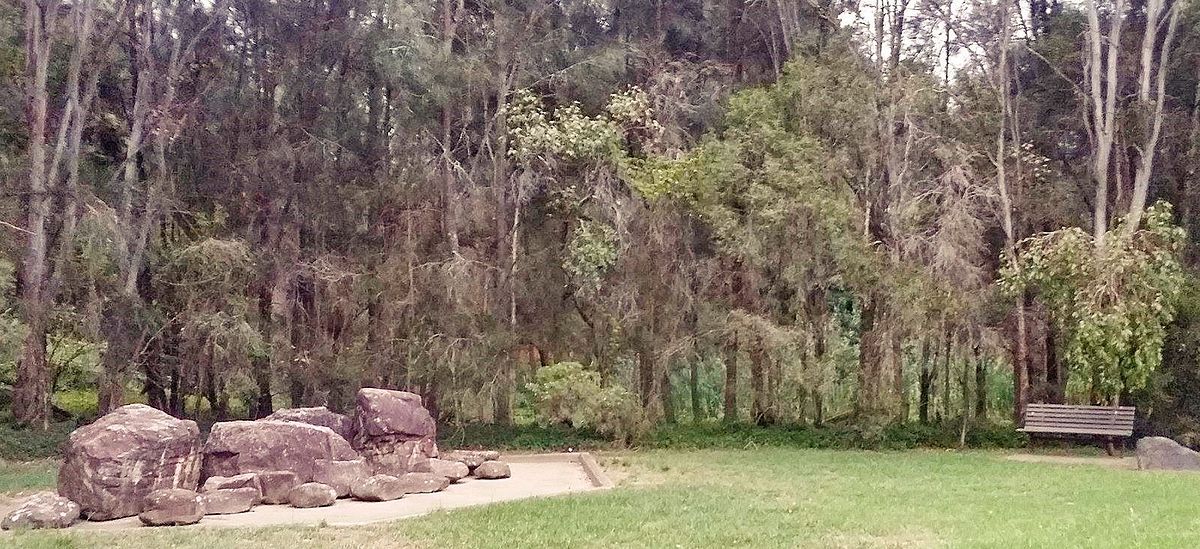
River Indus and its tributaries are bordered by riparian trees that grow in narrow strips along their banks. In Sindh and, to a lesser extent, in Punjab, they are more numerous than elsewhere. They are mostly employed in the production of wood.


